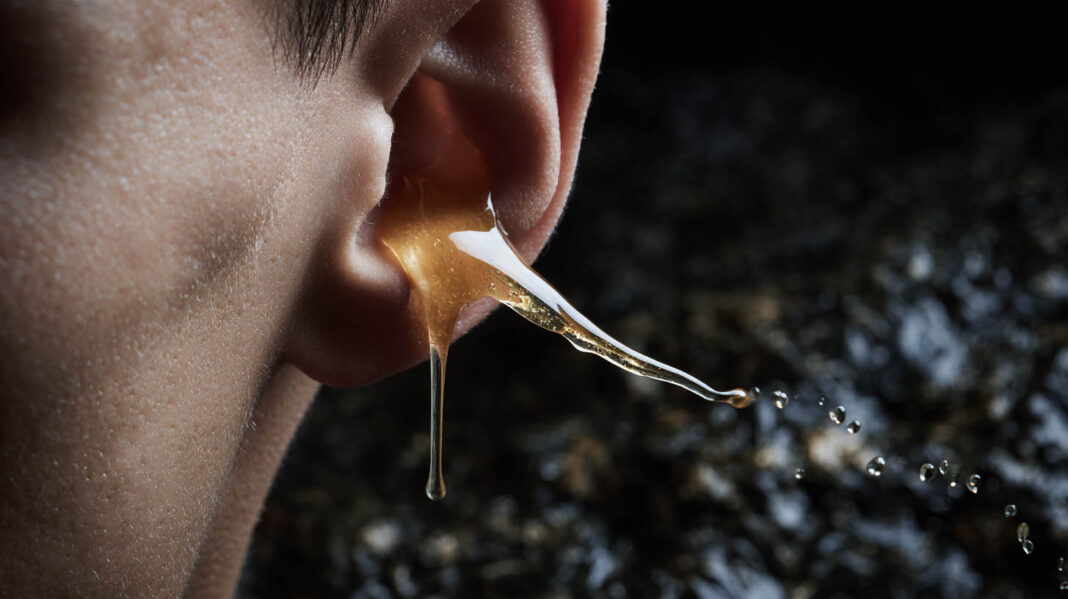Elon Musk’s Decade-Long Dream Takes the Wheel
Tesla’s robotaxis are finally rolling out in Austin, Texas, marking the start of Elon Musk’s long-awaited autonomous vehicle revolution. The CEO announced the launch on his social media platform X, calling it the ‘culmination of a decade of hard work.’ Early Sunday, Teslas were spotted cruising South Congress with empty driver’s seats and a passenger acting as a ‘safety monitor.’ Musk’s AI chip and software teams, built from scratch, are the backbone of this bold move. The trial involves around 10 vehicles and a select group of influencers invited to test the waters. It’s a small step, but a significant one for Tesla’s future.
The rides are priced at a flat $4.20, a nod to Musk’s sense of humor and perhaps a strategy to make the service accessible. Social media personality Sawyer Merritt shared his experience, posting videos of his ride to Frazier’s Long and Low, a local bar and restaurant. It’s clear Tesla is starting small, but the implications are huge. If this trial goes well, it could pave the way for a broader rollout. But let’s not get ahead of ourselves—this is just the beginning.
Navigating the Regulatory Roadblocks
As Tesla gears up for its robotaxi rollout, Texas lawmakers have thrown a wrench in the works. Governor Greg Abbott, a Republican, signed a law requiring a state permit to operate self-driving vehicles, effective September 1. This move signals a cautious approach from state officials, despite Texas’s previous anti-regulation stance on autonomous vehicles. The new law softens the state’s position but still mandates approval from the Texas Department of Motor Vehicles before hitting public streets without a human driver.
The legislation isn’t just about permits; it also requires companies to provide information on how first responders can handle their driverless vehicles in emergencies. It’s a step towards safety, but it’s also a reminder that the road to full autonomy is littered with regulatory hurdles. While compliance in Texas is easier than in California, where vehicle-testing data is closely monitored, it’s clear that Tesla and its rivals must tread carefully.
Bryant Walker Smith, a law professor at the University of South Carolina, notes that Texas permits are easier to obtain but just as easy to lose if problems arise. It’s a double-edged sword: a green light for innovation, but with strict accountability. Tesla’s got to play by the rules if they want to keep rolling.
Safety First: Musk’s ‘Super Paranoid’ Approach
Elon Musk has made it clear that safety is paramount for Tesla’s robotaxi rollout in Austin. He’s promised to be ‘super paranoid’ about it, limiting operations to specific areas and avoiding bad weather and tricky intersections. The service won’t carry anyone under 18, showing a commitment to cautious expansion. It’s a smart move in an industry where safety concerns are front and center.
Commercializing autonomous vehicles is no easy feat. Just ask GM’s Cruise, which was shut down after a serious accident. Regulators are watching Tesla and its competitors like hawks, especially Waymo and Amazon’s Zoox. But Tesla’s approach is unique—they’re relying solely on cameras, ditching the lidar and radar systems used by others. Musk believes this will be safer and more cost-effective, but it’s a gamble that could pay off big time or crash and burn.
The Road Ahead: Challenges and Opportunities
Tesla’s robotaxi launch is a milestone, but it’s just the beginning of a long journey. Industry experts like Philip Koopman from Carnegie Mellon University caution that it could take years or even decades for Tesla and its rivals to fully develop a robotaxi industry. A successful trial in Austin would be ‘the end of the beginning—not the beginning of the end.’ It’s a reminder that despite the hype, the road to autonomy is long and winding.
Most of Tesla’s stock value now hinges on its ability to deliver robotaxis and humanoid robots. As the world’s most valuable automaker, the stakes are high. Musk’s vision is bold, but the challenges are real. From scaling up quickly to navigating regulatory landscapes, Tesla’s got its work cut out for it. But if anyone can pull it off, it’s Elon Musk and his team. So buckle up, gentlemen—it’s going to be a wild ride.
Key Facts Worth Knowing
- •💡 Tesla’s robotaxi service in Austin, Texas, is priced at a flat $4.20 per ride.
- •💡 Texas Governor Greg Abbott signed a law requiring a state permit to operate self-driving vehicles, effective September 1.
- •💡 Tesla is relying solely on cameras for its autonomous vehicles, unlike rivals who use lidar and radar.
- •💡 GM’s Cruise was shut down after a serious accident, highlighting the risks of commercializing autonomous vehicles.
- •💡 A successful trial in Austin could take years or decades before a full robotaxi industry develops, according to experts.



